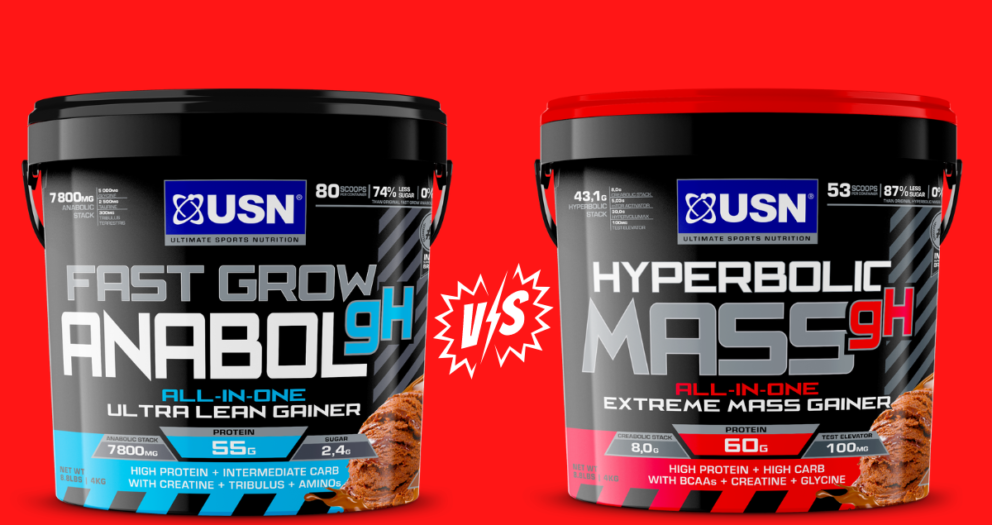How to lose body fat while preserving lean muscle!
You have all experienced the time after working out for a few months at the gym, when you see the slightly bulged muscles of your biceps, chest and legs in the mirror starting to show themselves. But you still see the stubborn belly fat which doesn’t let your abs show? This is of course because you have put on some muscle mass which is great, but you may not have focused enough on getting rid of the extra body fat that prevents your body from getting in ideal shape. Instinctively, you may think to adapt to a lower calorie daily diet, do a lot of cardio exercises and work out certain muscles (like abs) in the body to get rid of those fats. The fact is that if not done correctly, all those advises work negatively and you may end up losing your valuable muscle tissue while lowering your body metabolism and even maintaining your body fat!
The purpose of this brief note is to cover the battle between losing fat and keeping the precious muscle tissue that you have put on. The key point in burning fat is that the calories that enter the body must be less than the calories that leave (burnt). There are many factors that need to be taken into account that we will try to cover. The first point to be taken into account is what kind of exercises to do, how to do it and when to do them?
What type of exercises are recommended for Fat Loss?
It is critical to know that our body has three major sources of energy: The carbohydrates (glycogen in our muscle and liver), our body fat and our body muscle tissue! When doing slow exercise or sitting at our desk and working on our computers, our body energy consumption toggle is on fat, meaning that we are burning mainly fat for those activities (for simplicity let’s say less than 40% carbs and over 60% fat). However once we start doing more intensive exercises, the energy from carbohydrates sources kick in and the proportion becomes 60% from carbs and 40% from fat. But please keep in mind that although at high intensity exercises the percentage of fat consumption is less, the total calories burned are so much higher, hence the total fat burned is higher for higher intensity activities. Thus the higher intensity and more energy consuming exercises are highly recommended for fat loss.
High Intensity strength workout or High Intensity Training (HIT) is any strength exercise that requires high calorie activities such as weight training. A lot of research has found that your body continues to burn fat for several hours after HIT that engages the big muscles in your body.
What should you eat?
On the other hand, it is critical to note that Nutrition plays a critical role when it comes to maintaining body mass and lose fat. It is importnat that you consume at least 1.5 g of protein when each kg of your body weight. Here is an example for a person who weighs 80 kg. If your weight is 80 kg, then you need to take at least 120 g of proteins. Now given that your daily calorie intake should be close to 2000 calories (varis dependiong on how active your lifestyle is), you need to take 120 X 4 = 480 calories (25% of your daily caolie intake) from that 120 g protein. Therefore, your the calorie intake from other macros (fat and carbohydrates) will be close to 1500 calries. Each gram of fat contains 9 calories and each gram








Leave a Reply